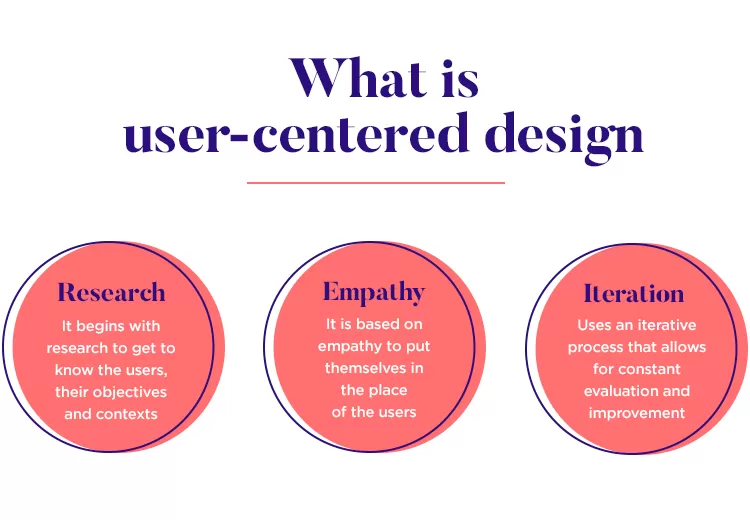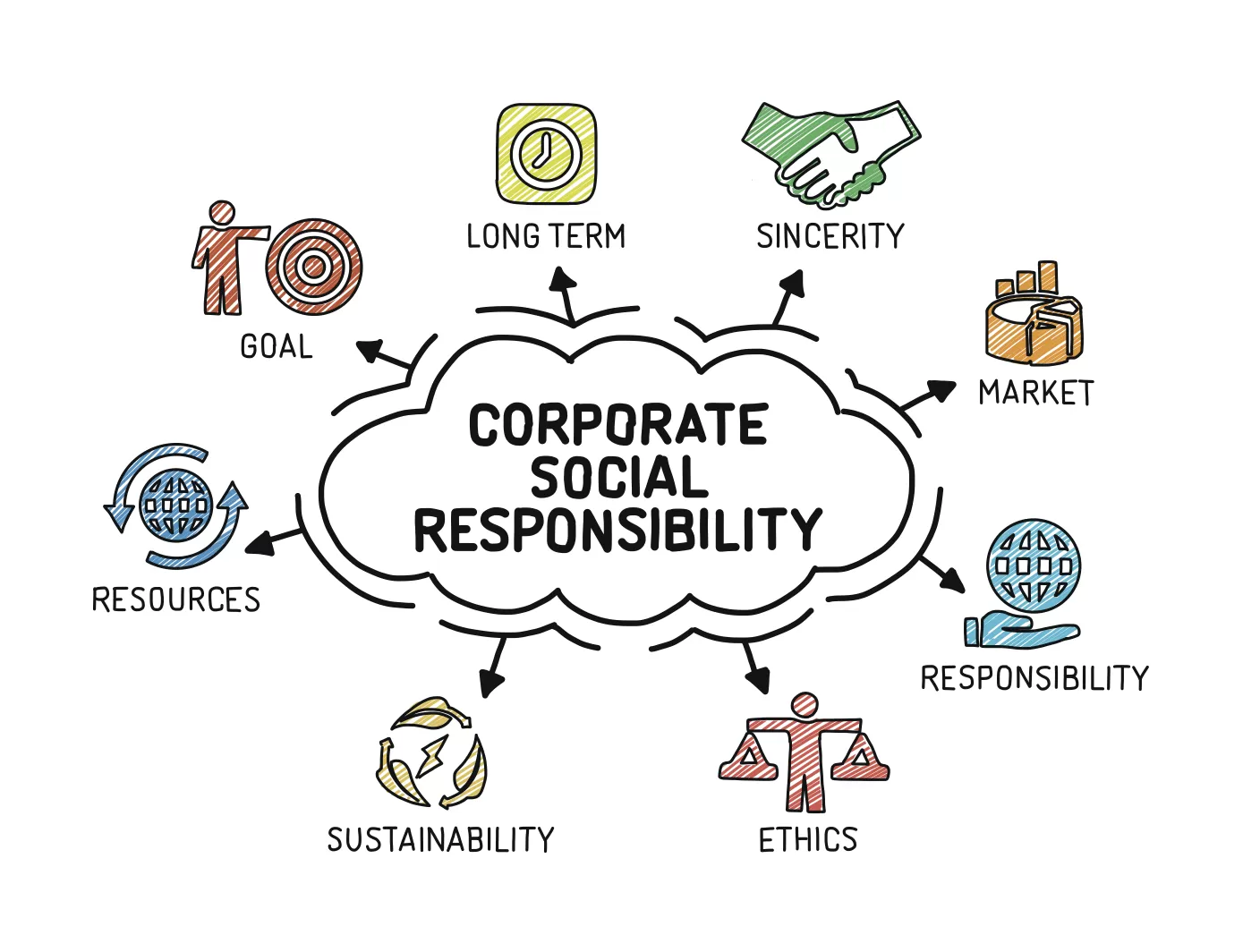Best Ecommerce Website Design
In the vast and bustling landscape of online commerce, your website serves as the digital storefront to your business. It’s the place where potential customers first encounter your products, explore your brand, and ultimately decide whether to make a purchase. In this digital age, the importance of ecommerce website design cannot be overstated. It’s the critical factor that can make or break your online venture.
Effective ecommerce website design goes beyond aesthetics; it’s about creating a seamless and compelling user experience. From the moment a visitor lands on your site, their journey should be smooth, informative, and engaging. In this article, we’ll dive into the fundamental principles and best practices that constitute the best ecommerce website design.

User-Centric Design
At the heart of every successful ecommerce website is a user-centric design philosophy. Your website should be built with the needs and preferences of your target audience in mind. Here are some key aspects of user-centric design:
A. User Experience (UX)
User experience is paramount. Your website should be easy to navigate, with a clear and intuitive layout. Visitors should be able to find what they’re looking for effortlessly. Consider user flow and minimize friction points in the browsing and purchasing process.
B. Intuitive Navigation
Navigation menus and buttons should be straightforward, with clear labels and categories. The goal is to guide users seamlessly through your website, helping them discover products and information with ease.
C. Mobile Responsiveness and Accessibility
In an era where mobile devices are ubiquitous, your website must be mobile-responsive. It should adapt gracefully to various screen sizes, ensuring a consistent and enjoyable experience for users on smartphones and tablets. Additionally, accessibility features should be incorporated to accommodate users with disabilities, making your site inclusive for all.
A user-centric approach to design sets the foundation for a positive shopping experience, encouraging visitors to explore, engage, and convert into customers.
In the next sections, we’ll delve into the visual elements, product presentation, and the crucial role of trust and security in ecommerce website design. So, let’s continue our journey toward creating the best ecommerce website possible.

Visual Elements
In the digital realm, first impressions are often visual. Your ecommerce website’s visual elements play a pivotal role in capturing and retaining the attention of your visitors. Here are some key considerations for the visual aspects of your website:
A. High-Quality Product Images and Videos
When it comes to online shopping, visuals are your most potent tool. Invest in high-resolution product images and, where relevant, videos that provide potential customers with a clear and detailed view of your offerings. Multiple images showcasing products from different angles can help buyers make informed decisions.
B. Effective Use of Color Schemes and Fonts
The colors and fonts you choose for your website should align with your brand’s identity and appeal to your target audience. Consistency in your design elements, such as using the same color palette and font styles, helps reinforce your brand’s image and makes your website visually cohesive.
C. Consistent Branding and Logo Placement
Branding is not limited to your products; it extends to your website’s design. Ensure that your logo is prominently displayed, typically in the header or at the top of your homepage. Consistency in branding elements helps in brand recognition and builds trust with your audience.

Product Presentation
The way you present your products can significantly impact purchasing decisions. Your ecommerce website should excel in product presentation and information delivery:
A. Detailed and Informative Product Descriptions
Each product should have a comprehensive description that includes not only basic information like price and specifications but also details that help customers understand its benefits and use cases. Clear, concise, and engaging descriptions can persuade visitors to add items to their cart.
B. Pricing Transparency
Hidden costs or unexpected fees can lead to cart abandonment and erode trust. Ensure that pricing information, including taxes and shipping costs, is transparent and prominently displayed. Customers should know exactly what they’re paying for.
C. Customer Reviews and Ratings
Customer reviews and ratings are invaluable tools for building trust. Display these prominently on product pages, allowing potential buyers to read about the experiences of others. Encourage customers to leave reviews to create a community of feedback.
In the upcoming sections, we’ll explore the critical aspects of payment and security, search engine optimization (SEO), and integration and engagement techniques that can further elevate your ecommerce website design to excellence. So, let’s continue our journey toward creating the best ecommerce website possible.
Payment and Security
Trust is the bedrock of ecommerce success, and payment and security features are fundamental in establishing and maintaining that trust. Your customers need to feel confident that their transactions are secure and their sensitive information is protected:
A. Secure Payment Options
Offer a variety of secure payment methods that are trusted by your target audience. This often includes credit card payments, digital wallets, and, where applicable, regional payment systems. The more choices you provide, the more likely customers will find a preferred method.
B. Trust Signals
Display trust signals prominently on your website. These can include SSL certificates, trust badges from reputable security providers, and icons indicating secure payment gateways. These visual cues reassure visitors that their data is safe and that you take their security seriously.
C. Simplified Checkout Process
Cart abandonment is a common issue in ecommerce, often caused by a complex or lengthy checkout process. Streamline the process as much as possible, minimizing the number of steps required to complete a purchase. Implement features like guest checkout to make it easy for first-time buyers.

Search Engine Optimization (SEO)
Creating an attractive website is just the first step; you also need to ensure that it’s discoverable by potential customers. This is where SEO comes into play:
A. SEO-Friendly Design and Content
Your website’s design should complement your SEO efforts. Ensure that your site structure, URL hierarchy, and navigation are designed with search engines in mind. Create valuable and keyword-rich content that not only attracts organic traffic but also provides real value to your audience.
B. URL Structure and Metadata Optimization
Optimize your URL structure and metadata (title tags, meta descriptions, alt text for images) for relevant keywords. This helps search engines understand your content and improves your chances of ranking higher in search results.
C. SEO Tools and Best Practices
Leverage SEO tools and stay updated with best practices. Regularly monitor your site’s performance in search results, and adjust your content and strategies accordingly. SEO is an ongoing effort that can pay off with sustained organic traffic.
In the following sections, we’ll explore how integration and engagement, performance optimization, and personalization can further enhance your ecommerce website design. So, let’s continue our journey toward creating the best ecommerce website possible.
Integration and Engagement
To create a dynamic and interactive ecommerce website, consider integrating various elements that engage your visitors and enhance their overall experience:
A. Social Media Integration
In today’s digital age, social media is a powerful tool for engagement and promotion. Connect your ecommerce site to your social media profiles, allowing users to easily share your products and content. Implement social sharing buttons on product pages to encourage users to spread the word within their networks.
B. Customer Support Options
Accessible and responsive customer support is essential for building trust and addressing customer queries promptly. Offer multiple customer support options, including live chat, email, and a clear contact page. Users should feel confident that they can reach out for assistance when needed.
C. Newsletter Signup and Email Marketing
Build a loyal customer base by encouraging visitors to subscribe to your newsletter. Collecting email addresses enables you to keep customers informed about new products, promotions, and updates. Implement email marketing campaigns to nurture leads and recover abandoned carts.
Performance Optimization
A fast and efficient website is crucial for retaining visitors and minimizing bounce rates. Performance optimization ensures that your ecommerce site loads quickly and functions smoothly:
A. Fast Loading Times
Optimize your website for quick loading times. Slow-loading pages can frustrate visitors and lead to abandonment. This can be achieved through image optimization, code minification, and efficient use of content delivery networks (CDNs).>> Methods of Compressing CSS/HTML/JS Files Using CDN
B. Image and Script Optimization
Images and scripts often contribute to page load times. Compress images without sacrificing quality, and minimize unnecessary scripts to streamline your site’s performance. Implement lazy loading to prioritize content that’s visible to the user initially.
C. Content Delivery Networks (CDNs)
Utilize CDNs to distribute your website’s content across multiple servers worldwide. This reduces latency and ensures that users experience fast load times regardless of their geographic location.
In the upcoming sections, we’ll explore personalization, trust and security measures, analytics and data, and the role of social responsibility and sustainability in ecommerce website design. So, let’s continue our journey toward creating the best ecommerce website possible.
Personalization
Personalization is the key to making your ecommerce website feel tailored to each visitor. By delivering content and product recommendations based on user behavior and preferences, you can significantly enhance the shopping experience:
A. Product Recommendations
Implement product recommendation algorithms that analyze a user’s browsing and purchase history to suggest relevant products. These recommendations can appear on product pages, the homepage, or even in email marketing campaigns.
B. Tailored Content
Create personalized content based on user accounts or preferences. This can include customized homepage banners, personalized product descriptions, and content that speaks directly to the visitor’s interests and needs.
C. Customized Shopping Experience
Allow users to save favorite products, create wish lists, or set up personalized shopping profiles. Personalization fosters a sense of ownership and encourages repeat visits.
Trust and Security
Building trust is paramount in ecommerce. Security measures and transparent policies can help establish trust with your customers:
A. Trust-Building Elements
Incorporate trust-building elements such as privacy policies, terms of service, and return policies. Ensure that these are easily accessible and clearly communicated.
B. Data Security Measures
Prioritize the security of customer data and transactions. Implement encryption technologies, secure payment gateways, and regular security audits to protect sensitive information from cyber threats.
C. Handling Customer Information Responsibly
Demonstrate your commitment to customer privacy by handling their information responsibly. Communicate how you collect, store, and use customer data, complying with relevant data protection regulations.
In the upcoming sections, we’ll delve into analytics and data, social responsibility, and sustainable practices in ecommerce website design. So, let’s continue our journey toward creating the best ecommerce website possible.
Analytics and Data
Effective ecommerce website design is not static; it evolves based on insights gathered from data analysis. By leveraging analytics tools, you can refine your website’s performance and continually enhance the user experience:
A. Analytics Tools for Monitoring User Behavior
Utilize analytics tools like Google Analytics to gain deep insights into user behavior on your website. Track metrics such as page views, bounce rates, conversion rates, and user demographics. Understand how visitors interact with your site and where improvements may be needed.
B. Data-Driven Decision-Making
Make data-driven decisions based on the insights gathered. Identify areas where users commonly drop off or face obstacles, and implement changes to address these issues. Test different design elements through A/B testing to optimize conversion rates.
C. Continuous Improvement Based on Insights
Ecommerce website design should be an ongoing process of refinement. Regularly review and analyze data to spot trends and uncover opportunities for improvement. Stay agile and responsive to changes in user behavior and industry trends.

Social Responsibility and Sustainability
In an era of increased environmental and social consciousness, consumers are more likely to support businesses that align with their values. Consider these aspects in your ecommerce website design:
A. Highlight Ethical and Sustainable Practices
Share your commitment to ethical sourcing, sustainable production, and responsible business practices. Highlight initiatives such as eco-friendly packaging, reducing carbon footprints, or supporting charitable causes.
B. Eco-Friendly Packaging and Shipping Options
Implement eco-friendly packaging solutions and shipping methods that reduce your environmental impact. Communicate your efforts to customers who appreciate environmentally responsible practices.
C. Demonstrating Corporate Social Responsibility
Showcase your corporate social responsibility efforts, whether it’s contributing to community causes, supporting local initiatives, or donating a portion of your profits to charitable organizations.
In the final section, we’ll wrap up our exploration of the essential elements of the best ecommerce website design and conclude the article. So, let’s continue toward the culmination of our journey toward creating the best ecommerce website possible.
Lastly
In the ever-evolving world of ecommerce, your website serves as the front door to your online business. It’s the digital platform where your potential customers form their first impressions, explore your offerings, and decide whether to make a purchase. Crafting the best ecommerce website design is not just a one-time task; it’s an ongoing journey that requires careful consideration of various elements.
We’ve explored a plethora of essential components that contribute to the best ecommerce website design, and it’s crucial to understand that these elements are interconnected. The user experience, visual aesthetics, trust-building measures, and performance optimization all work together to create a seamless and engaging online shopping environment.
Let’s recap the key takeaways:
– User-Centric Design: Always prioritize the user’s experience. Your website should be easy to navigate, responsive on mobile devices, and accessible to all users, regardless of their abilities.
– Visual Elements: Visuals matter. High-quality product images, a consistent color palette, and branding elements create a memorable and appealing online presence.
– Product Presentation: Detailed product descriptions, transparent pricing, and customer reviews instill confidence in potential buyers and help them make informed decisions.
– Payment and Security: Building trust is non-negotiable. Secure payment options, trust signals, and a simplified checkout process are essential to reassure customers.
– SEO and Discoverability: An SEO-friendly design and content strategy improve your website’s visibility on search engines, attracting organic traffic.
– Integration and Engagement: Connect with your audience through social media, offer responsive customer support, and utilize email marketing to nurture leads.
– Performance Optimization: Fast loading times and smooth functionality enhance user satisfaction and reduce bounce rates.
– Personalization: Tailoring the shopping experience based on user behavior and preferences leads to higher engagement and increased sales.
– Trust and Security: Security measures and transparency build trust with your customers, encouraging them to transact with confidence.
– Analytics and Data: Leverage data analytics for continuous improvement. Monitor performance metrics, analyze user behavior, and make data-driven decisions.
– Social Responsibility and Sustainability: Demonstrating ethical and sustainable practices resonates with socially conscious consumers and can set your brand apart.
Final Thoughts: The Journey of Continuous Improvement
Creating the best ecommerce website design is not a destination; it’s a journey. Your website is a dynamic entity, and its success hinges on your willingness to adapt, optimize, and innovate. In a rapidly changing digital landscape, what works today may not work tomorrow.
Regularly monitor the performance of your website. Pay attention to key metrics such as conversion rates, bounce rates, and user engagement. Listen to your customers through feedback and reviews, and be responsive to their evolving needs.
A commitment to continuous improvement is your secret weapon. Be open to experimenting with new design elements, technologies, and strategies. Embrace A/B testing to refine your website’s layout, features, and content. Keep abreast of industry trends and emerging technologies that could give you a competitive edge.
Remember, your website is not just a digital storefront; it’s a dynamic representation of your brand in the online world. By prioritizing design and user experience, you can create an ecommerce platform that not only attracts visitors but also converts them into loyal customers.
As you embark on this journey, know that the path to success lies in your dedication to excellence. Your customers are eagerly waiting to experience the brilliance and convenience your ecommerce website can offer.
So, roll up your sleeves, incorporate these principles, and set forth on the path toward creating and maintaining the best ecommerce website possible, with VegaTekHub by your side. Your online success awaits.
